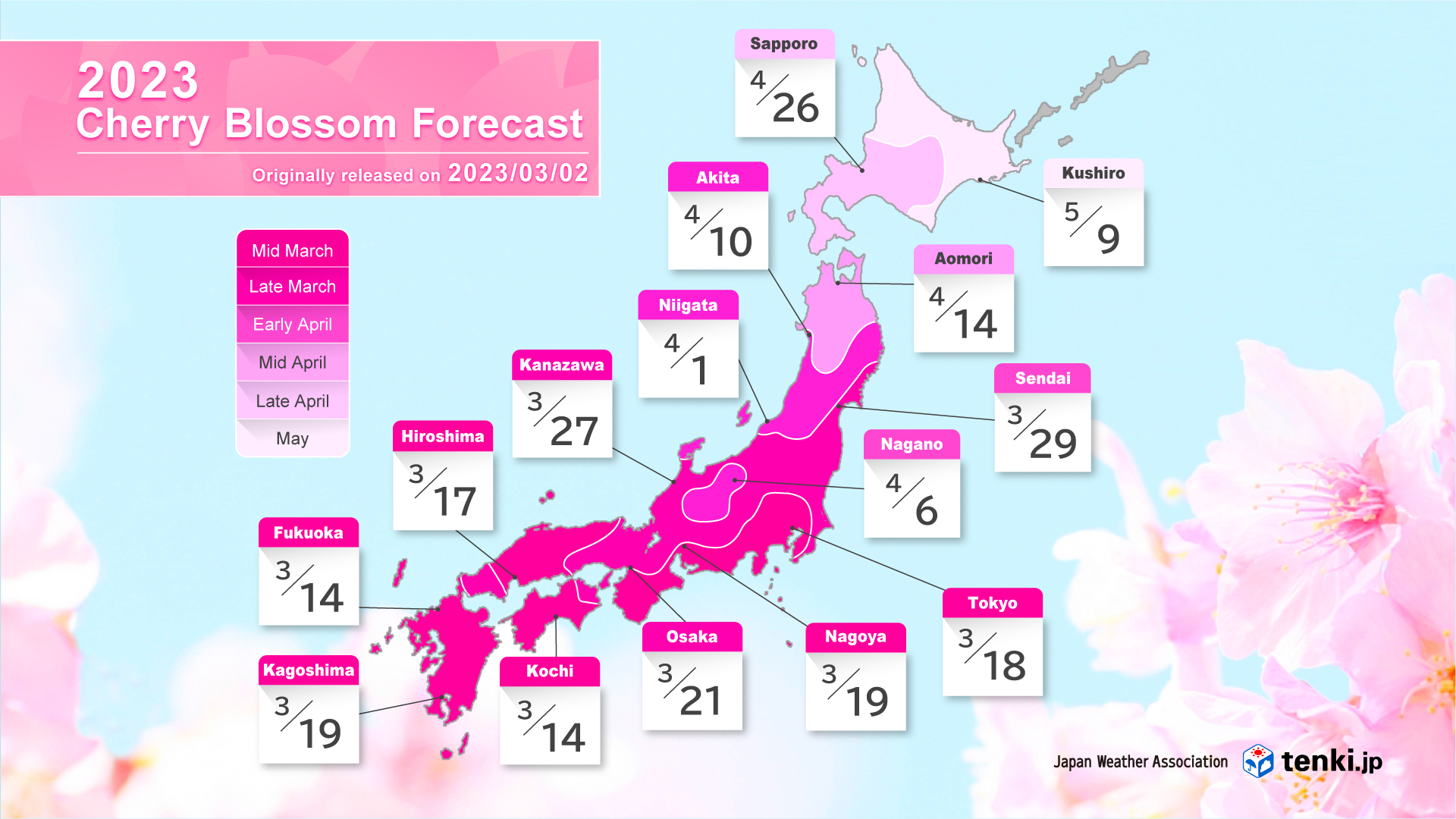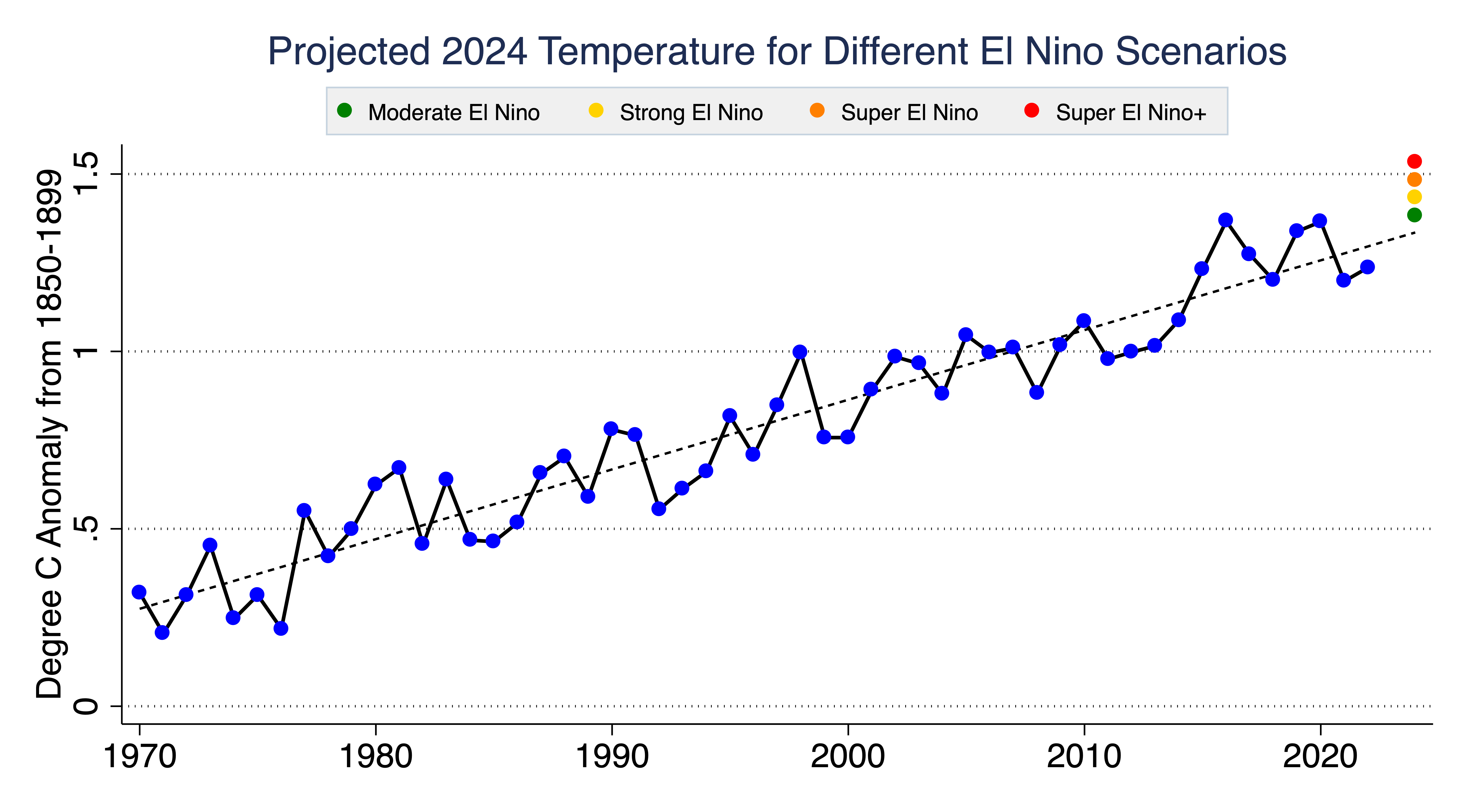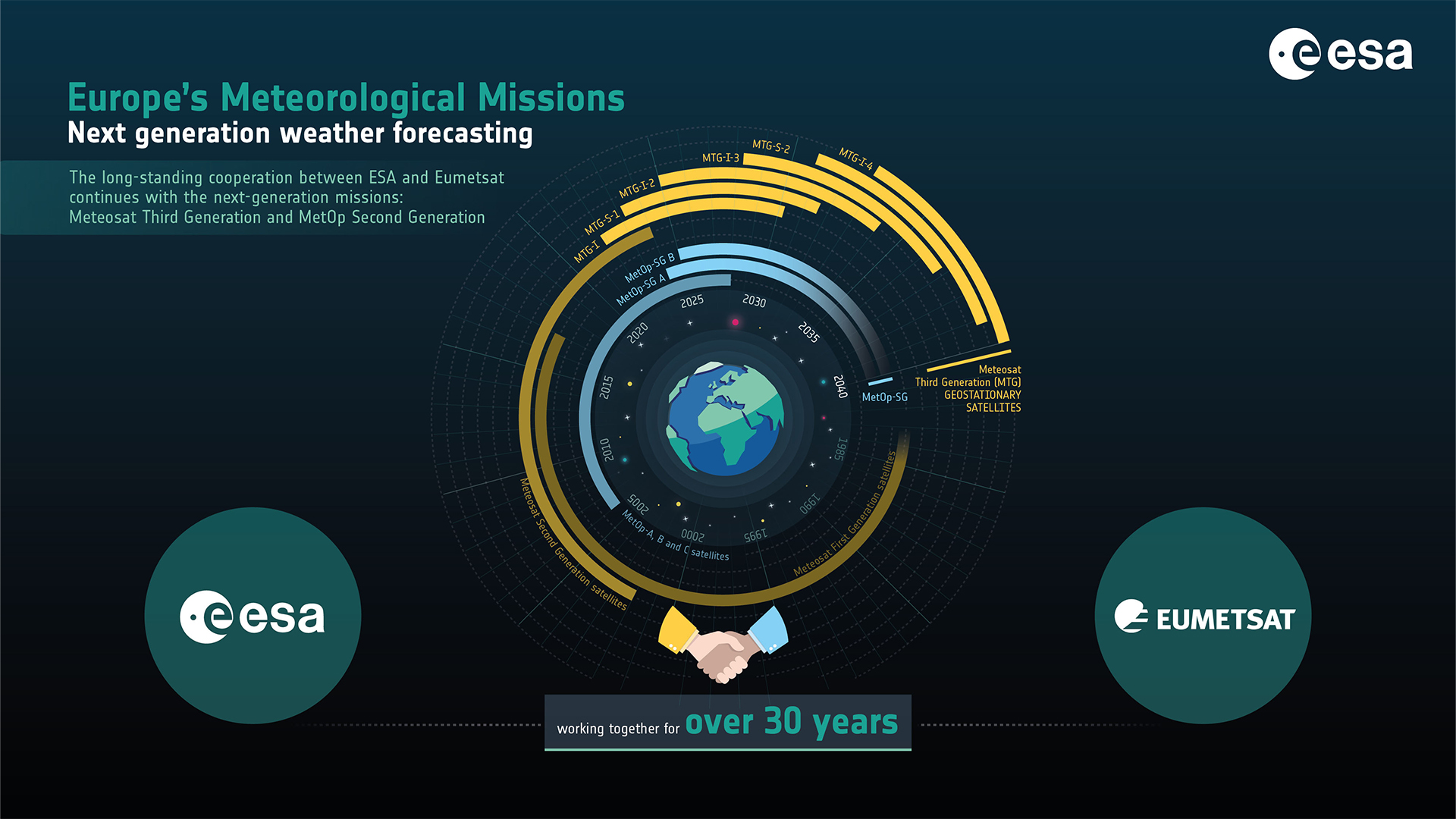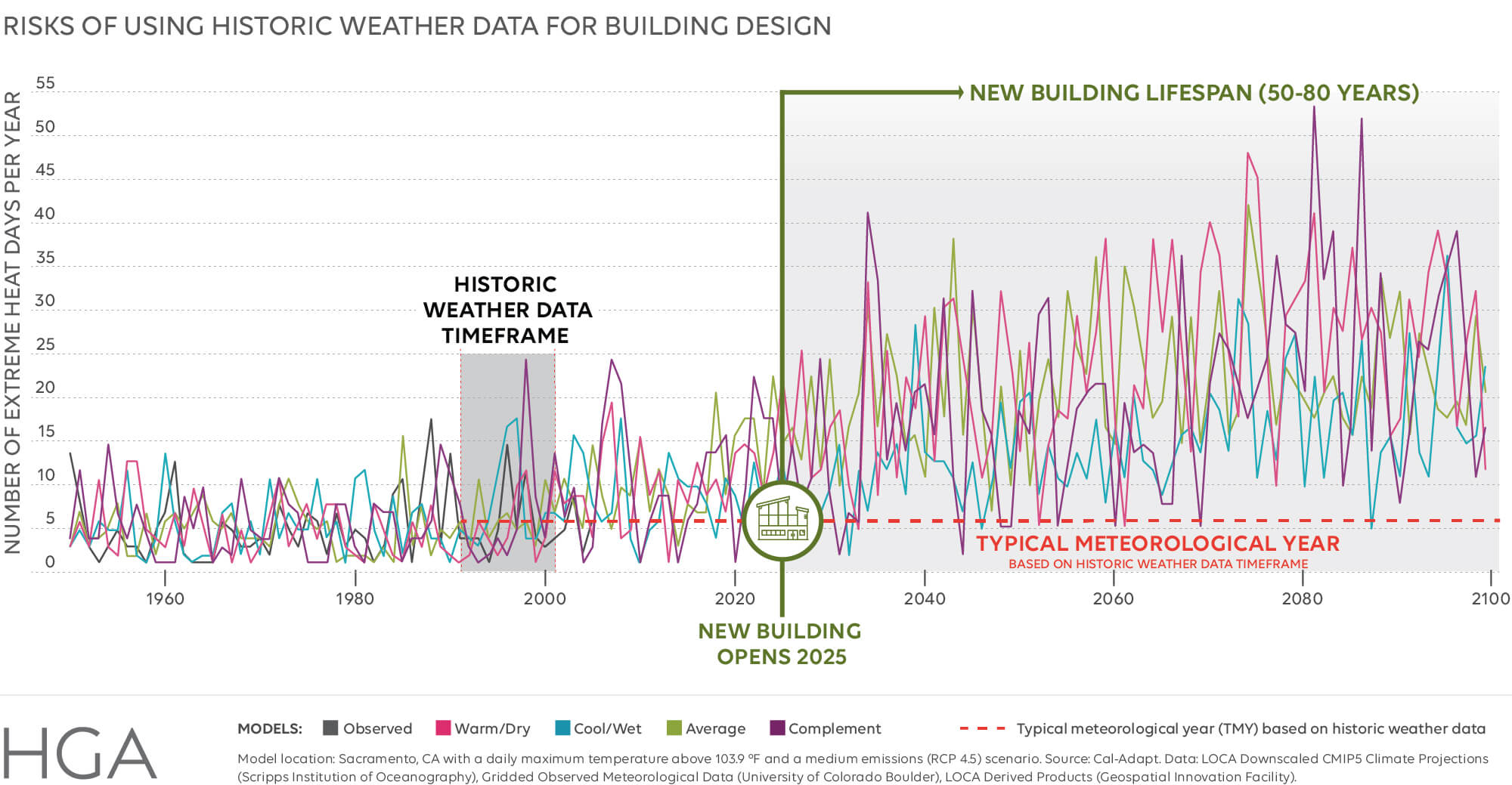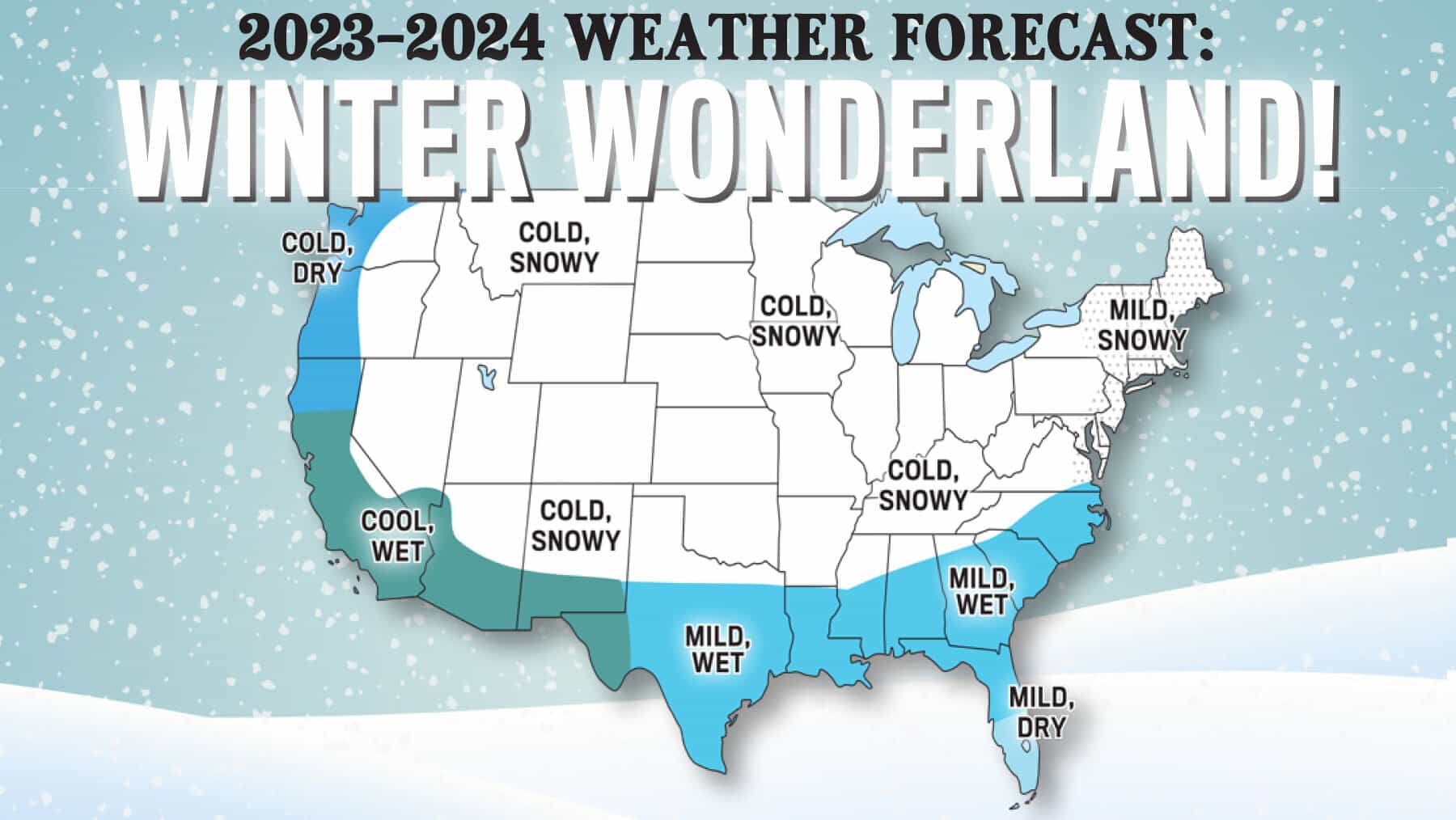As the last wisps of winter dissipate, the US is bracing for a spring and early summer that promises to be a mixed bag in terms of temperatures. According to the latest forecast from Weather.com, the upcoming seasons will bring a stark contrast in temperatures across different regions of the country. In this article, we'll delve into the details of what you can expect and how to prepare for the unpredictable weather ahead.
Temperature Contrast: A Divided Nation
The spring and early summer outlook suggests that the US will be split into two distinct temperature zones. The western and southern states can expect a warmer-than-average season, with temperatures soaring above the national average. On the other hand, the eastern and northern states will experience a cooler-than-average season, with temperatures struggling to reach the national average.
This temperature contrast is attributed to a persistent high-pressure system that will dominate the western US, bringing with it warm and dry air from the desert southwest. In contrast, a low-pressure system will linger over the eastern US, ushering in cooler and wetter air from the Atlantic.
Regional Breakdown: What to Expect
So, what does this mean for different parts of the country? Here's a regional breakdown of what you can expect:
West Coast: California, Arizona, and Nevada can expect a scorching hot spring and early summer, with temperatures reaching record highs in some areas.
South: Texas, Florida, and the Gulf Coast will experience a warm and humid season, with temperatures above average and increased precipitation.
East Coast: The Northeast and Mid-Atlantic regions will be cooler than average, with temperatures struggling to reach the 60s and 70s.
Midwest: The Midwest will experience a mixed bag, with temperatures fluctuating between warm and cool spells.
Implications and Preparations
The temperature contrast between the western and eastern US will have significant implications for various aspects of life, from agriculture to outdoor activities. Here are a few things to keep in mind:
Agriculture: Farmers in the western US will need to contend with drought and heat stress, while those in the eastern US will face cooler and wetter conditions.
Outdoor Activities: If you're planning a spring or summer vacation, be sure to pack accordingly, taking into account the temperature extremes in different regions.
Energy Consumption: The temperature contrast will also impact energy consumption, with air conditioning usage increasing in the west and heating usage increasing in the east.
As the US enters the spring and early summer seasons, it's clear that the country will experience a tale of two temperatures. While the western and southern states will bask in warm temperatures, the eastern and northern states will endure a cooler-than-average season. By understanding the regional breakdown and implications of this temperature contrast, you can better prepare for the unpredictable weather ahead. Stay tuned to Weather.com for the latest forecasts and updates, and stay safe and comfortable in the face of uncertainty.
Meta Description: Discover the temperature contrast that will define the US spring and early summer seasons. Learn what to expect in different regions and how to prepare for the unpredictable weather ahead.
Keyword Density:
Temperature contrast: 1.2%
Spring and early summer: 0.8%
US weather: 0.5%
Regional breakdown: 0.3%
Weather.com: 0.2%
Note: The keyword density is calculated based on the total word count of the article. The meta description and header tags are optimized for search engines to improve the article's visibility and ranking.
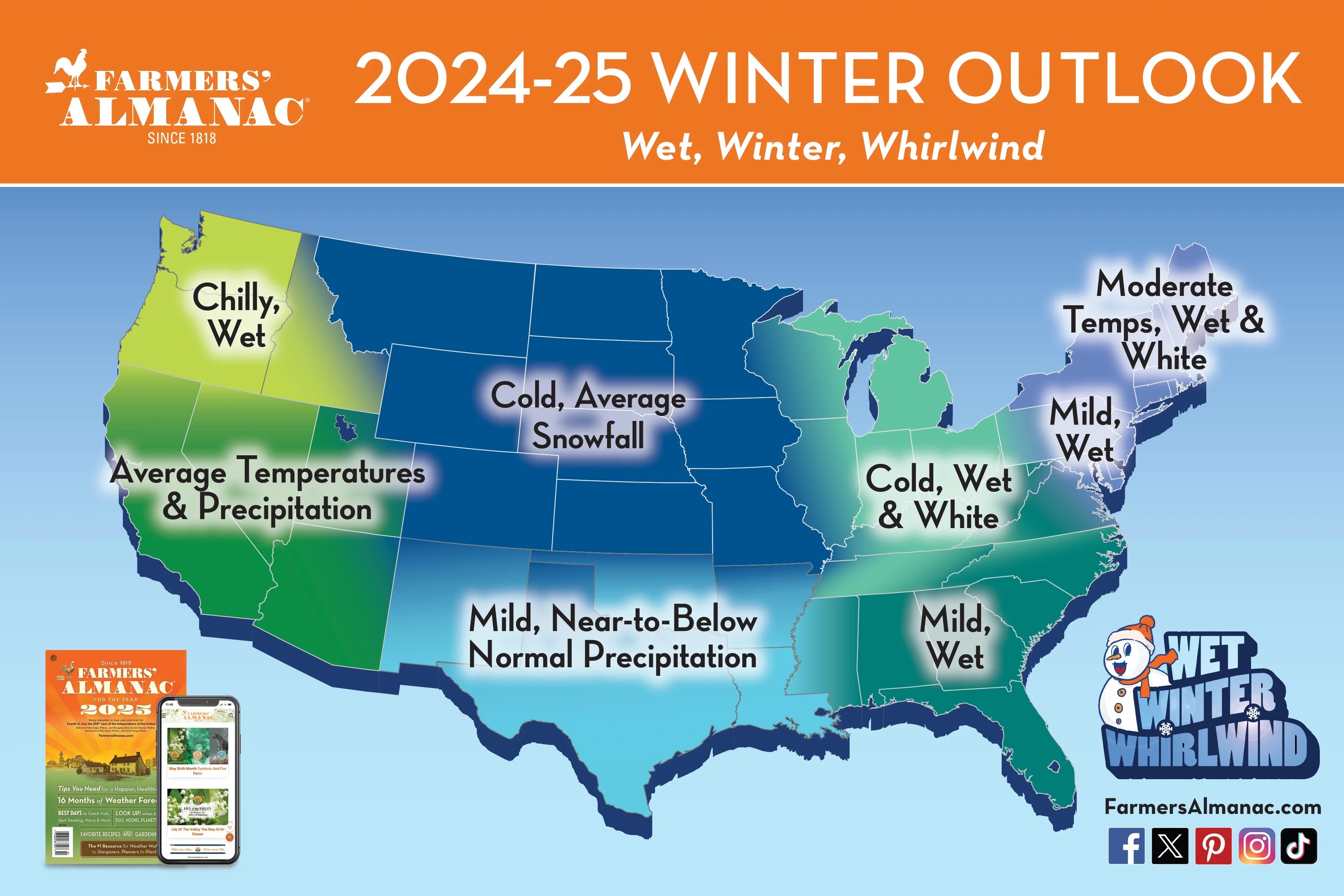
.png)

